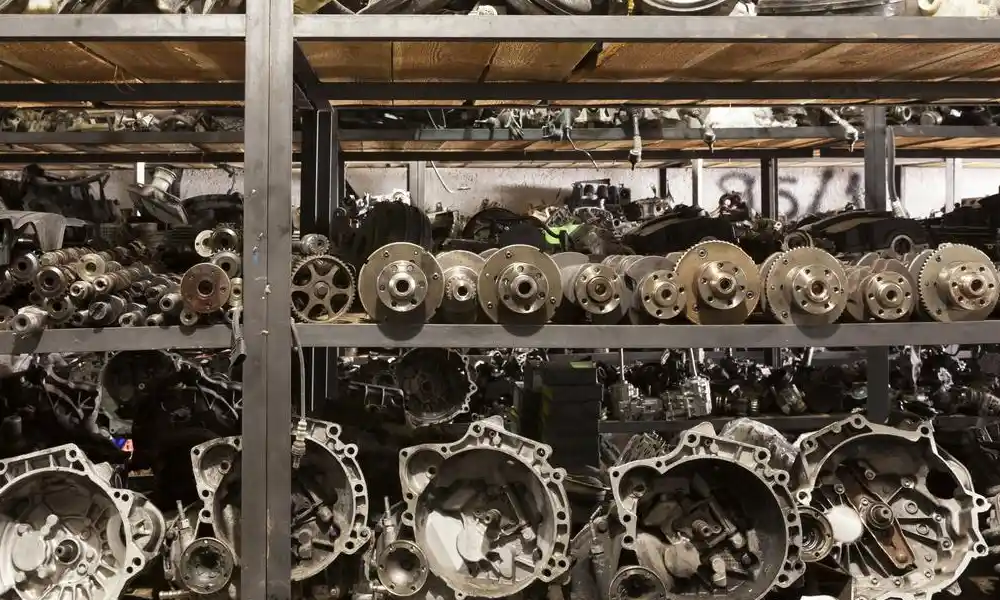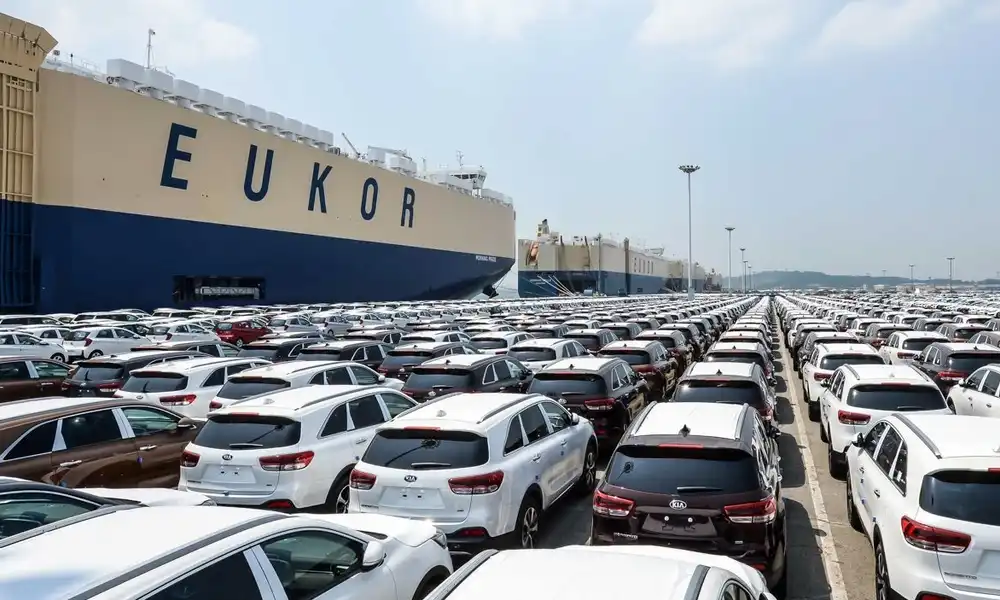Avoiding fake listings Korean used cars when importing used Korean cars requires due diligence. Check seller credibility, request verified documentation, and use trusted platforms. Always avoid offers that seem too good to be true.
UsedCarKorea.com
South Korea is home to some of the world’s most reliable and affordable vehicles. With brands like Hyundai, Kia, and Genesis gaining global recognition, international buyers are increasingly turning to Korea for high-quality used cars at competitive prices. However, with the rise in global demand comes a surge in fraudulent activities—especially fake listings targeting unsuspecting overseas buyers.
In this guide, we’ll explore how to avoid fake listings when importing used Korean cars. You’ll learn how to spot scams, verify authenticity, choose the right platforms, and protect your investment.
Table of Contents

1. Understanding the Risk of Fake Listings
Fake listings are deceptive advertisements placed by scammers posing as legitimate dealers or sellers. These listings often feature attractive prices, limited-time offers, and photos stolen from real ads.
Common Tactics Used in Fake Listings
- Unrealistically low prices to bait buyers
- Pressure to act quickly due to “high demand”
- No physical inspection allowed or vague excuses
- Fake shipping guarantees or made-up export licenses
- Requests for wire transfers instead of secure payment options
2. Red Flags to Watch Out For
Identifying red flags early can save you from significant financial loss.
Key Warning Signs:
- Too-good-to-be-true deals
- Poor grammar or vague descriptions
- No dealer license or export documents
- Seller avoids video calls or in-person inspections
- Pushes for fast payment or wire transfer to personal accounts
3. How to Verify a Korean Used Car Listing
Before sending any money, take the following steps to verify the legitimacy of a used car listing.
a. Request Detailed Documentation
- Certificate of vehicle registration (in Korean: 차량 등록서)
- Export certificate
- VIN (Vehicle Identification Number)
- Mileage verification report (Korean: 거래정보)
b. Use Online Tools
- Korean Transportation Safety Authority (TS) site: to check VIN history
- CarFax Korea or AutoCheck: for English reports
- Google reverse image search: to verify that car images aren’t stolen
4. Trusted Platforms to Use
Use reputable platforms to minimize the risk of fake listings. These marketplaces usually verify dealers and provide buyer protections.
Recommended Platforms:
- Encar (encar.com): Korea’s largest used car platform with dealer verification
- K-Bid (kbch.co.kr): for Korean auto auctions with English support
- BE FORWARD (beforward.jp): Japanese platform with many Korean cars
- TradeKorea and EC21: B2B platforms with verified sellers
Always cross-check the contact info on these platforms with the official dealer website.
5. How to Choose a Reliable Dealer
What to Look For:
- Government-registered dealership number
- Years of business operation
- Verified export license
- Physical address in Korea (Google Street View helps validate)
- Positive reviews on forums and social media
Avoid newly registered or unverified sellers—even if they claim to offer large discounts.
6. Secure Payment Methods
Never send money via Western Union, MoneyGram, or personal wire transfers.
Recommended Payment Options:
- Escrow services (e.g., Payoneer, Alibaba Trade Assurance)
- Letter of Credit (L/C) for large purchases
- PayPal with buyer protection (if accepted)
- Bank transfer to a corporate account only (verify the company’s registration)
7. Legal Protections and What to Do If You’re Scammed
If you suspect you’ve fallen victim to a fake listing, take immediate action.
Steps to Take:
- Report the incident to Korea Consumer Agency (KCA)
- File a complaint with your country’s cybercrime division
- Notify your bank to freeze transactions
- Leave a public review or report the seller on forums like Reddit, Quora, or automotive communities
8. Real Case Examples
Case 1: The Fake Exporter
Carlos from Chile, South America wired $4,500 to a seller who promised a 2018 Kia Sorento with low mileage. The seller stopped responding. A reverse image search revealed the photos were taken from another site.
Case 2: The Verified Dealer Win
Maria from Chile used Encar, contacted a verified dealer, and paid via escrow. Her car arrived in excellent condition, and she praised the transparent process.
9. Checklist Before You Buy
Use this detailed checklist to safeguard your purchase and ensure you’re dealing with legitimate sellers:

9-1. Verify the Seller’s Credentials
- Confirm the seller’s dealership registration and export license.
- Ensure the seller has a physical address and verifiable contact information in Korea.
- Look for positive reviews or testimonials from previous international buyers.
9-2. Request Comprehensive Documentation
- Obtain the vehicle registration certificate (차량등록증).
- Ask for the export certificate and any customs clearance documents.
- Request the Vehicle Identification Number (VIN) and mileage verification reports.
9-3. Conduct a Thorough Vehicle History Check
- Use the Korean Transportation Safety Authority (TS) website to verify the VIN history.
- Utilize services like CarFax Korea or AutoCheck for detailed vehicle reports.
- Be wary of inconsistencies in mileage, ownership history, or accident reports.JDMBUYSELL
9-4. Inspect the Listing Carefully
- Analyze the listing for vague descriptions or poor-quality images.
- Use reverse image search tools to ensure photos are not stolen from other listings.
- Be cautious of listings with unrealistically low prices or urgent sales pitches.
9-5. Use Trusted and Verified Platforms
- Stick to reputable marketplaces like Encar (encar.com), K-Bid (kbch.co.kr), or BE FORWARD (beforward.jp).
- Verify that the platform has measures in place to authenticate sellers and listings.
- Cross-reference the seller’s information on the platform with their official website or business listings.
9-6. Communicate Directly and Transparently
- Engage in direct communication with the seller via phone or video calls.
- Ask detailed questions about the vehicle’s condition, history, and any modifications.
- Be cautious if the seller avoids direct communication or provides evasive answers.
9-7. Utilize Secure Payment Methods
- Avoid sending money through untraceable methods like Western Union or MoneyGram.
- Use escrow services or secure payment platforms that offer buyer protection.
- Ensure payments are made to verified corporate accounts, not personal ones.JDMBUYSELL
9-8. Consult Automotive Forums and Communities
- Seek advice and feedback from online communities or forums dedicated to car imports.
- Share the seller’s information and listing details to gather insights from experienced buyers.
- Use community feedback to assess the credibility of the seller and the deal.
9-9. Be Aware of Common Scams
- Educate yourself on prevalent scams such as odometer tampering, title washing, and fake documentation.
- Stay updated on new scam tactics by following automotive news and alerts.
- Report any suspicious activity to relevant authorities and online platforms.Car From Japan
10. Take Your Time and Don’t Rush
- Avoid making hasty decisions based on pressure from the seller.
- Take the necessary time to verify all information and consult with experts if needed.
- Remember that legitimate deals will withstand scrutiny and patience.
By diligently following this checklist, you can significantly reduce the risk of falling victim to fake listings and ensure a safe and successful import of a used Korean car.
10. Final Thoughts
Importing a used Korean car can be a smart investment—if done carefully. The key to avoiding fake listings lies in staying informed, verifying every detail, and refusing to be rushed. With the right precautions, you can enjoy the benefits of owning a high-quality Korean vehicle without falling victim to scams.
Remember: if it looks too good to be true, it probably is.


